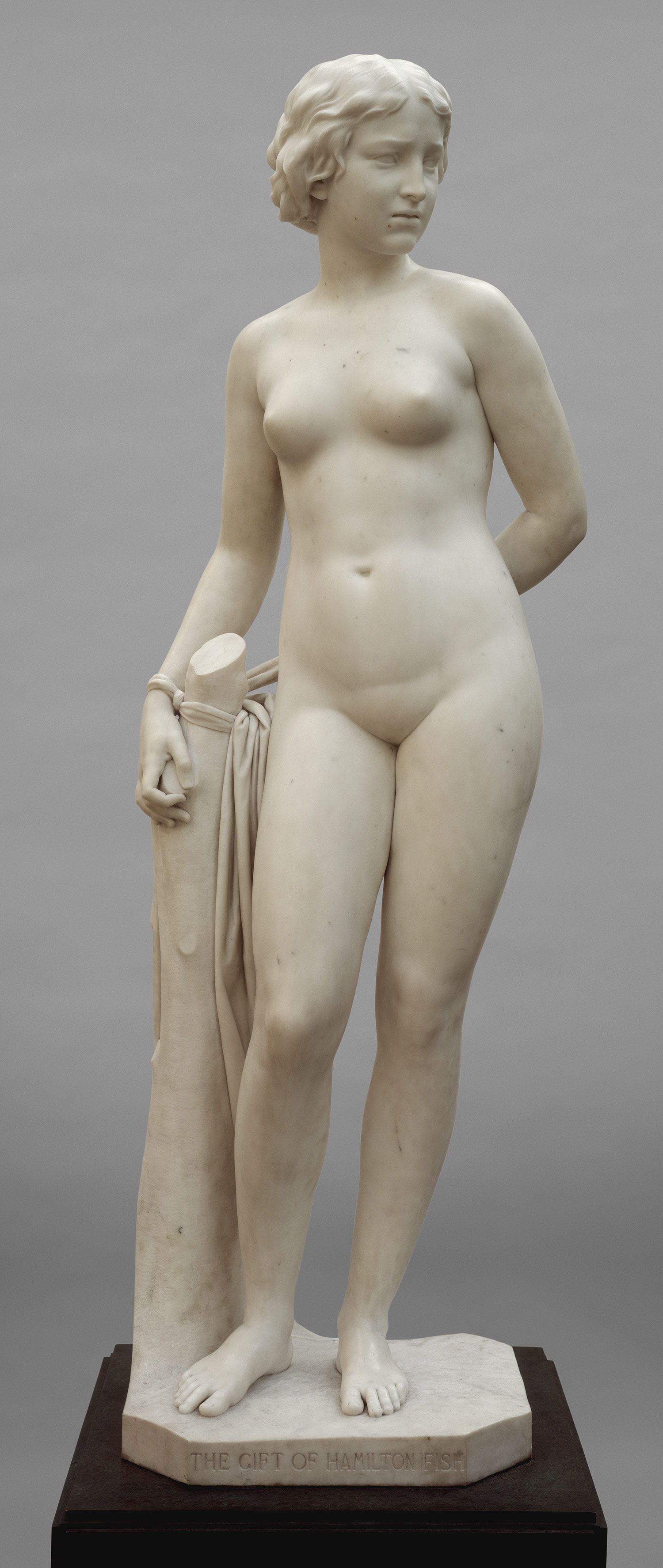Schultz, Nancy Lusignan (ed.) Veil of Fear: Nineteenth-century convent tales NotaBell Books, Purdue University Press, 1999 Amazon
While Rebecca Read’s earlier Six Months in a Convent (1835) was a relatively sober and realistic work, Maria Monk’s Awful Disclosures (1836) heads straight into paranoid xenophobic “virtue in distress”. This is what happens if young women heed the siren song of Catholicism, and it was popular enough to sell 300,000 copies by 1860. The fears of a young republic with large, unassimilated immigrant populations that were often Catholic, and an economy shifting to industrialization with consequent shifts in gender roles, found expression in anti-Catholicism. “In times of rapid social change, such as that experienced in antebellum America, intolerance and demonization of marginal groups find fertile soil.” (pg. viii) One of the anti-Catholic agitators, incidentally, was minister Lyman Beecher, father of Harriet Beecher Stowe, author of Uncle Tom’s Cabin.

